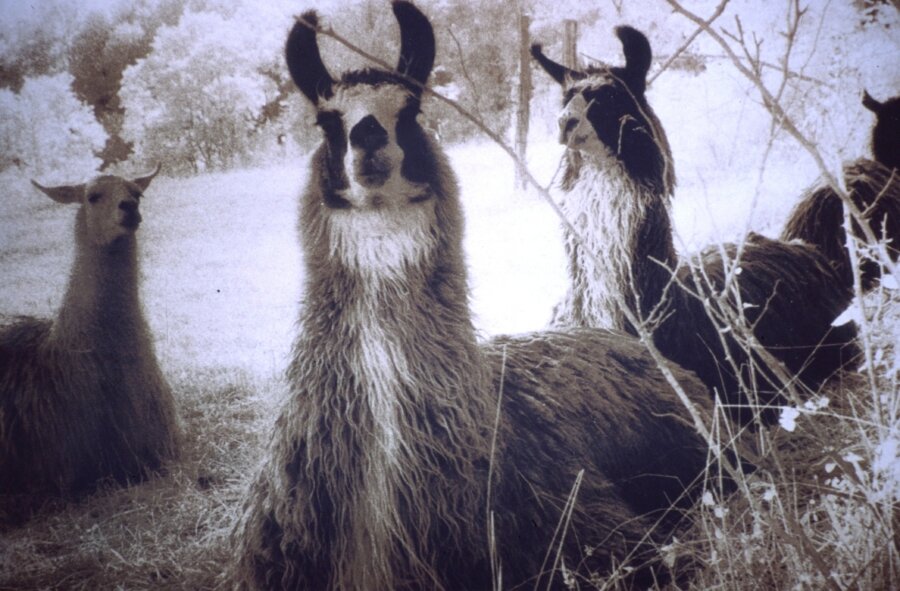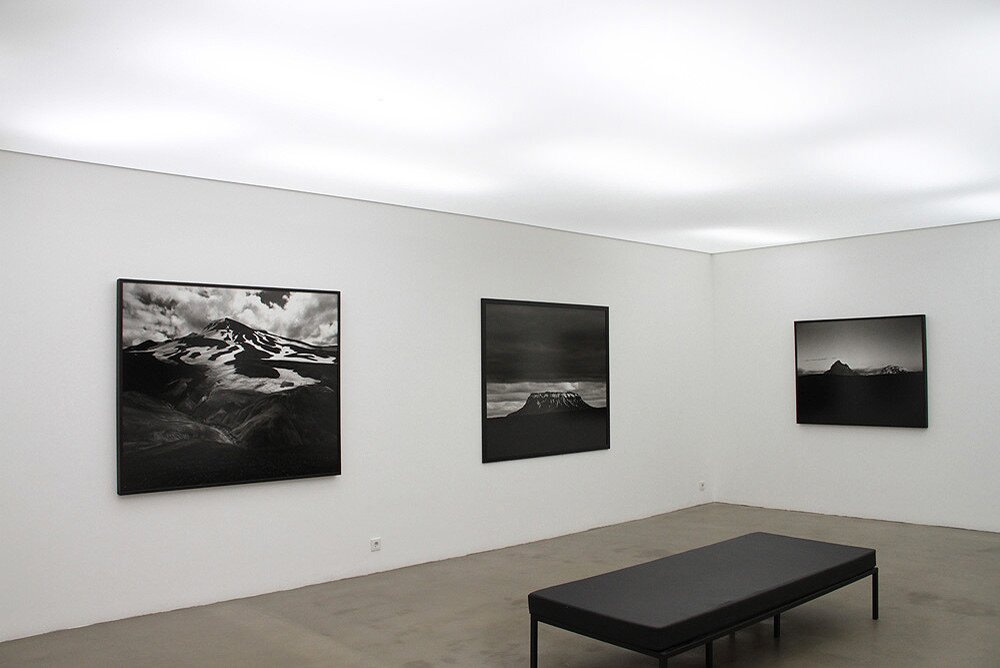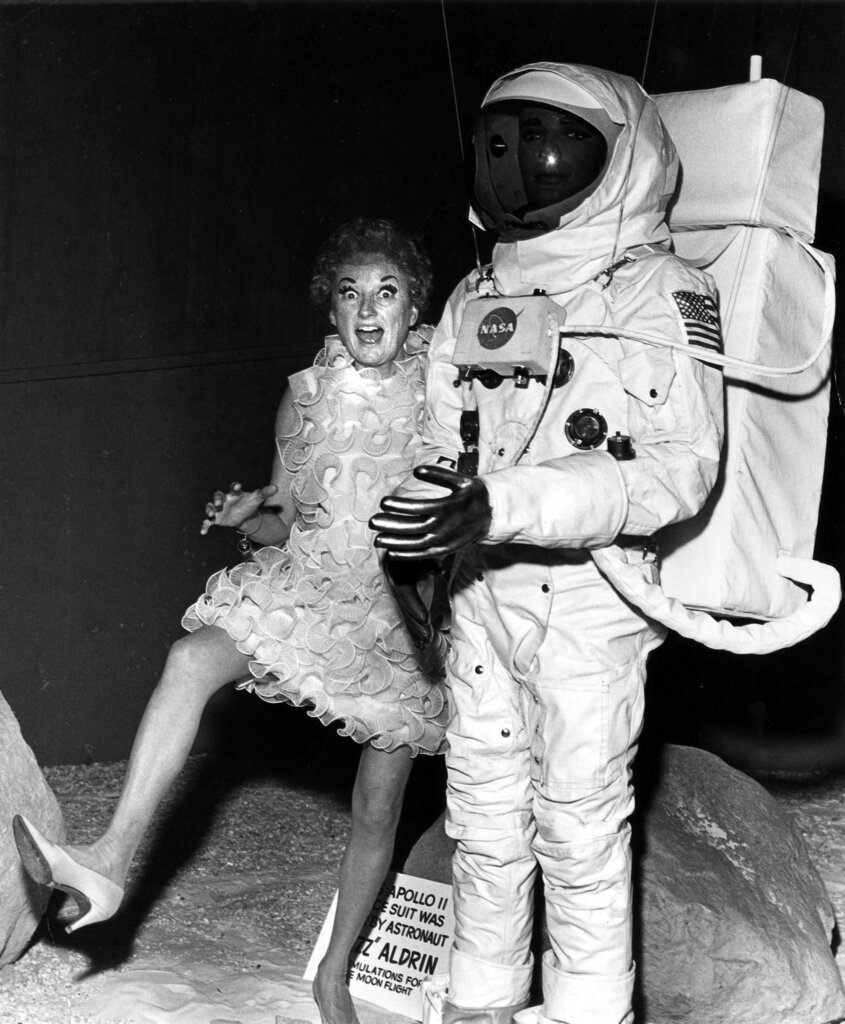Silver Gelatin Photography: The Medium That Changed the World
Article by . by
The invention of silver gelatin based photography as a ready made media changed the world as profoundly as the printing press, the cotton gin, the steel plow, the Wright Brother’s first airplane, the first controlled atomic chain reaction, and the personal computer. It changed the world by making photography both portable and widely accessible. No longer did photographers have to manufacture their negatives immediately before exposure and likewise when they went to print those negatives. The invention of shelf-stable photographic media transformed photography from a tool with rigid technical constraints tool used by only those who went to great lengths to use it and made it a medium for the masses. Silver gelatin media launched photography’s classical period by allowing freely roaming photographers to go out into the world, transforming our knowledge of it. As a tool of creativity, it allowed photography to take its rightful place as a powerful, expressive art form, helping usher in the era of Modern Art and what has come since.
Like those other great technological revolutions this one is built on discoveries that came before it and in turn launched a flowering of possibilities. Silver gelatin photography changed the world by democratizing photography. If you had the desire and the means to afford a camera and film, you too could record the world around you and share your visions with others on a previously unprecedented scale. And if you had the desire, you too could learn and practice the craft of developing your own film and the art of making your own prints.
by
At its heart silver gelatin photography is a kind of alchemy: light and chemistry are used to reduce light sensitive silver salts suspended in a gelatin emulsion into pure silver. During the manufacturing process ions of silver bonded to atoms of the halogen family (usually bromine, chlorine, iodine) form crystals of water insoluble silver salts, known as silver halides. These are suspended uniformly in a flexible gelatin emulsion which is coated on a transparent base to make film or on a paper or plastic base to make photographic paper. Unlike their photographic predecessors, these crystals are shelf stable for long periods of time. Once exposed to light the crystals absorbs the energy of pairs of photons. This absorbed energy causes atoms of pure metallic silver to build up in flaws in the crystal – electron traps known as sensitivity specs. The more photons absorbed by the crystal the denser the cluster of silver atoms grows, forming a latent image, once enough silver has formed on the surface of the crystal it becomes something that you can develop. Once bathed in a solution of a film developer such as Kodak D-76 or HC-110, Ilford Ilfosol-3 or Agfa Rodinal, the light-struck crystals are entirely converted into metallic silver. As the development process proceeds the developer is increasingly exhausted the film is then submerged in an acidic stop bath to full stop the activity of the developer. The film is then bathed I n a fixer which stabilizes the image by removing the remaining unexposed but still light sensitive silver halide crystals. How dark an area of the negative or print becomes during the process is a result of rich the emulsion is in light exposed silver halide crystals, the volume of light that reached that area, and the action of the developer on the latent images.
The revolution started in 1871 when amateur British photographer Dr. Richard Leach Maddox invented a relatively shelf-stable silver gelatin photographic emulsion that could be coated on glass, so that photographers did not have to make their own light sensitive materials. Maddox’s inspiration came from being made sick by the fumes mixing the emulsion for wet collodion plates. The problem with the wet collodion process is that it requires the light sensitive emulsion be prepared and “flowed” over glass plates immediately before exposure. If the emulsion hardened before you could expose and process the plate you had to start all over again. However, it was not until the late 1870s that a truly shelf stable version of Dr. Maddox’s invention was perfected to the point that a negative was light sensitive enough to allow for very short exposures, a development followed in 1888 by Eastman Kodak’s introduction of the first commercially viable transparent celluloid roll film. It was these three steps – the invention and evolution of R. L. Maddox’s silver gelatin emulsion, the ability to sensitize it to low levels of light, and the ability to coat it on a flexible transparent base – which launched photography as an art form anyone could take up and which could be easily made, reproduced, and distributed widely.
Silver gelatin prints are like silver gelatin films but the emulsion is coated on a nearly opaque paper or plastic base. This means that a silver gelatin print is a negative image of a negative image. Virtually all black and white prints made during photography’s classical era were made on silver gelatin coated media. The great apostle of silver gelatin printing as both a high craft and as a modern art was Californian Ansel Adams (1902-1984). Adams made his living as a commercial and landscape photographer and from the photograph concession in Yosemite National Park that his wife Virginia inherited from her father. Some, but not everyone, consider Adams to be the greatest black and white landscape photographic artist the world has known. But it is through his teaching of the craft and his pushing for “straight” photography to be accepted as a true form of Modern Art that he had his greatest impact.
by
Adams advocated that photographers should master the craft of film development and printing so that when they went out to make photographs they pre-visualize before they even started to unpack the camera what a finished print of the place, person, or thing would look like, a mental process he called “pre-visualization.” An accomplished musician before he took up photography Adams applied his musical training as an accomplished pianist and, along with fellow photographer and teacher Fred Archer, invented what they termed the Zone System. The Zone System conceives a print’s continuous tonal scale range as being divisible into ten zones –the way a musical scale is divided into octaves. Zone 0 being a texture-less black and Zone 10 being paper white. By knowing your film and paper, and using a blue, green, orange, red, yellow or blue filter on the lens when exposing a panchromatic negative the tonal relationships between colors can be enhanced or diminished. Knowing what your chosen film was capable of and by carefully manipulating the film development process, gives you control over how to best expose the negative to create emotional and aesthetic effect you want the viewer to experience when viewing the print, but he didn’t believe that expressive photography began and ended with the negative. Adams wrote “The negative is the equivalent of the composer’s score, and the print the performance. Each performance differs in subtle way”
Making a silver gelatin print from a black and white negative involves three things: a darkened room to expose and develop the print in; a light source to make the exposure, and trays full of chemistry to develop, stop development, fix, running water to rinse the print, and a place for the print to dry. If you are starting with small, medium and sometimes large format negatives and want to make prints which are larger than the negative you will also need an enlarger. Exposure of the print is controlled by time and aperture. Where required, you may need to “dodge” – block light from reaching some areas of the print during a portion of the primary exposure – or “burn” light into other areas for longer periods to make them darker. Adams joked that dodging and burning a print were necessary to correct “mistakes God made when establishing tonal relationships.” But sometimes, as is the case with Adams’ best known image “Moonrise over Hernandez, New Mexico, 1941” it is a way to correct mistakes the photographer made when exposing the negative. However, dodging and burning are creative tools.
I’ve made prints in a large darkroom fully equipped with state of the art equipment and in a crowded closet (not very comfortable but doable). While on assignment in Honduras in the early 1990s I watched as fellow photographers turn an even smaller hotel bathroom into a temporary darkroom. At the beginning of his career as a professional photojournalist, Bruce Davidson used his apartment’s kitchen as a darkroom, installing a red light in the refrigerator so he could snack on cold fried chicken during a printing session.
But what if you don’t have the space for a darkroom? Depending on where you live it you may find private or communal fully equipped darkrooms which can be rented, or schools that offer courses in silver gelatin based black and white printing. Or you can do what many photographic greats like Henri Cartier-Bresson and Josef Koudelka did: find a skilled and sensitive professional to do your printing for you. On a per print basis the last course of action will not be cheap but may save you time if you know what you want and can communicate clearly with the person making the prints.
Whatever path you decide to take, if you have a great image, a well-made silver gelatin print is a thing of beauty which you’ll be proud to hang on your wall.


